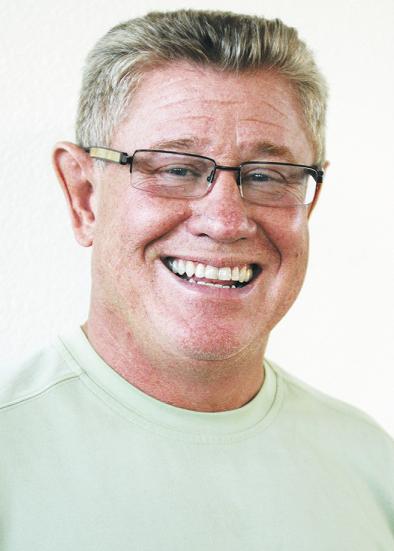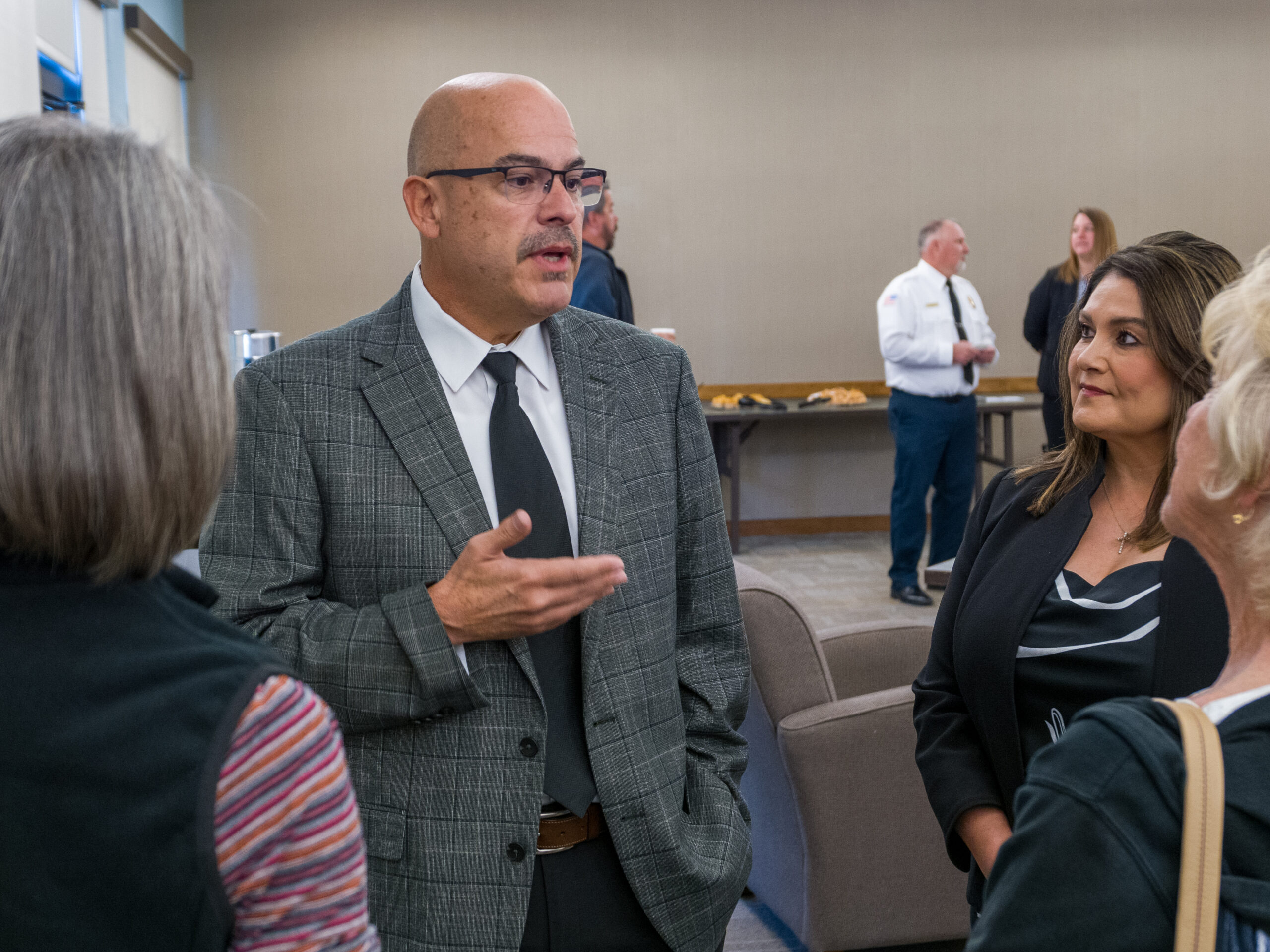It was the trip of a lifetime, fantasized about since boyhood, booked since 2008.
Mingus Union High School District Superintendent Tim Foist’s trek into the jungles of Mozambique on the eastern coast of Africa to hunt big game was the realization of a dream.
Before his presentation turned to plans for the school district’s 2011 budget, Foist spoke briefly with a handful of parents about his recent trip to Africa during an informal meeting Nov. 17 dubbed Coffee with Tim.
“I wanted to go since I was 9 years old,” Foist told the parents. “I did reports in school about the great professional hunters. Oh, I was all about Teddy Roosevelt.”
Roosevelt, the 26th president of the United States, hunted for trophies and specimens for the Smithsonian Institution during a 1909 safari across British East Africa and the Belgian Congo.
Foist explored a section of what was once known as the Belgian Congo during his trip Oct. 17 to Nov. 7. The safari was booked before Foist was hired by MUHSD. He delayed the trek for one year to work at Mingus, but risked losing all his investment and the trip of a lifetime if he delayed any further.
Foist’s ultimate goal was to bag a Cape buffalo, a dangerously unpredictable bovine known locally as the “black death.” Along the way, he hunted many animals, including 10 reed bucks and one warthog, all kills butchered and delivered to feed local villagers.
The day of the buffalo hunt, Foist waded through swamps infested with snakes, hippos and crocodiles, and crawled hundreds of yards on his knees in tall grass at temperatures approaching 110 degrees before coming within shooting distance of a herd that numbered 500 animals.
 At one point, Foist stepped into an elephant track and sunk up to his knee in the soft ground. Like many hunts, waiting and watching for an opportunity was the key to success.
At one point, Foist stepped into an elephant track and sunk up to his knee in the soft ground. Like many hunts, waiting and watching for an opportunity was the key to success.
As he waited for his chance, his thirst became almost unbearable and Mother Nature called.
“After about 45 minutes, we spotted a rather large bull as he was breeding a cow in the back of the herd,” Foist wrote in his diary. “He was great — big, black and with full boss and really full curl and drop.”
Translation: The base of the horns, or boss, was “full,” while the curl and drop of the horns were of trophy quality.
“Now in a heard of 500, it is most difficult to get a broadside shot, but he moved to where I could see just a shoulder between two cows,” Foist wrote.
“The gun sounded and the animals ran to the right and left the bull. It was neat. He fell exactly where he was shot.”
The bull had a 14-inch boss and a 42-inch spread — mission accomplished.
Though hunting was the main purpose of the trip, Foist also made time to regularly visit a local school to deliver candy and greet children. The school was a thatched hut with no walls where children from the 95th poorest country in the world practiced four languages, including their two native tongues, French and English.
“They didn’t have a foreign language teacher,” he said. “It just shows what can be accomplished despite limited resources.”
What the simple, one-room school was able to accomplish using the barest essentials was truly “eye-opening” he said.



